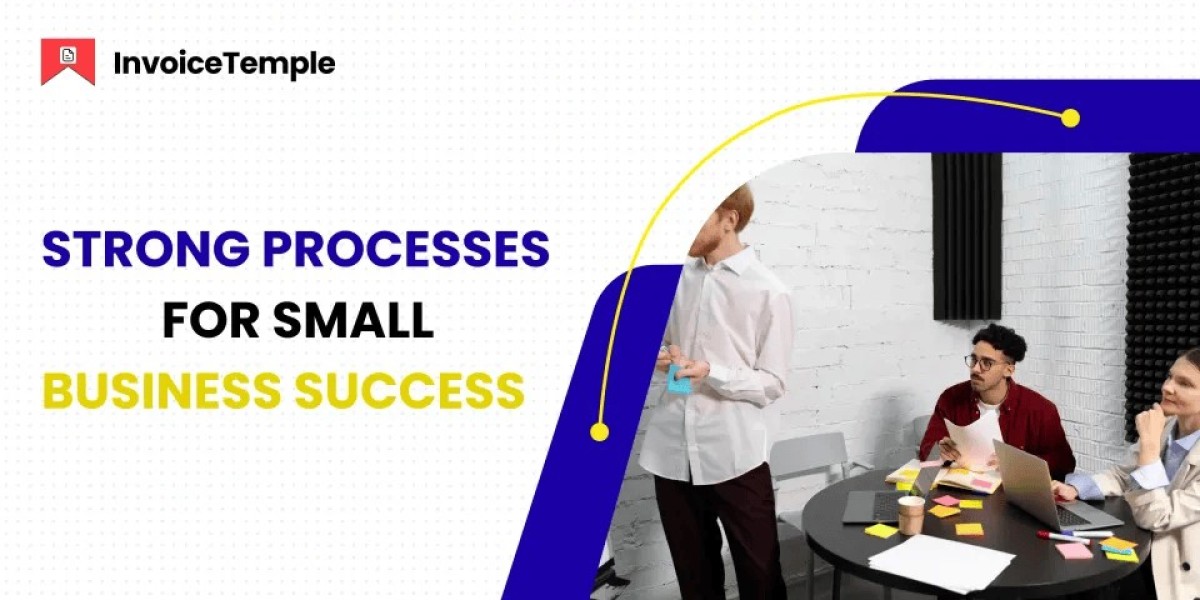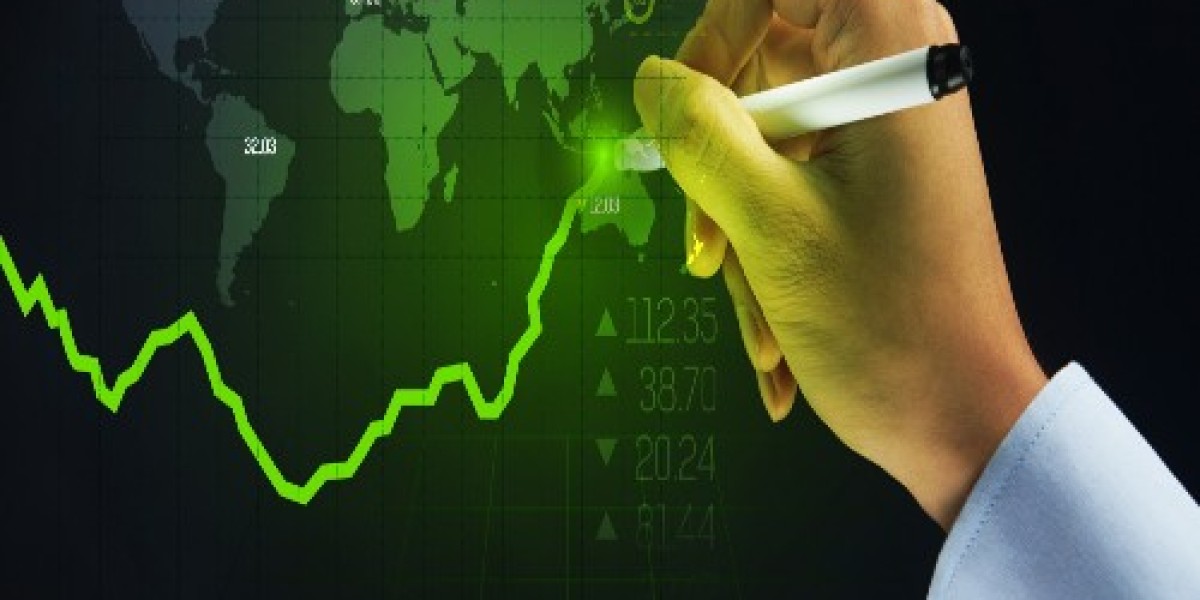In today’s e-commerce-driven world, product photography has become the cornerstone of online sales. High-quality visuals are no longer optional—they are essential for capturing attention, building trust, and driving conversions. Traditionally, businesses have relied on professional product photography studios to achieve polished, market-ready images. But with the rise of artificial intelligence, many are now considering digital alternatives powered by AI.
From automated background removal to AI-generated lifestyle imagery, artificial intelligence is challenging the way we think about photography. Brands are weighing the costs, benefits, and limitations of each method to determine which best fits their needs. For instance, a product photography studio delivers human expertise and creative direction, while AI tools provide speed, affordability, and flexibility at scale.
This article compares traditional photography studios with AI-driven tools, examining their benefits, use cases, and the future of product photography.
Why Product Photography Quality Matters
When shopping online, customers can’t physically touch or try products. Instead, images act as the primary decision-making factor. A sharp, professional-looking photo communicates trustworthiness and quality, while a poor image can instantly turn potential buyers away.
Here’s why good product photography is vital:
First Impressions: High-quality visuals capture attention within seconds.
Conversion Boost: Clear and detailed images help customers make confident purchasing decisions.
Reduced Returns: Accurate, realistic images ensure customers know what to expect.
Brand Identity: Consistent imagery strengthens brand recognition across platforms.
Both traditional studios and AI photography software aim to deliver these benefits, but they do so in very different ways.
Key Benefits of Product Photography Studios
Professional studios remain the go-to option for many brands, especially when creative direction and hands-on expertise are required.
1. Human Creativity
Photographers and stylists bring artistic vision that AI can’t fully replicate. They understand angles, lighting, and emotional storytelling.
2. High-End Equipment
Studios use professional-grade cameras, lighting systems, and editing software to produce flawless images.
3. Tailored Shoots
From lifestyle scenes to flat lays, studios customize setups based on brand goals.
4. Collaboration
Brands can work closely with photographers to ensure the final product matches their vision.
5. Premium Quality
For luxury or highly detailed products—like jewelry, cosmetics, or apparel—professional studios provide an unparalleled level of quality and precision.
While effective, studio photography often comes with higher costs, longer timelines, and logistical challenges.
Key Benefits of AI Photography Tools
AI-powered tools have gained popularity because they simplify and speed up the image creation process.
1. Speed and Automation
AI reduces editing time drastically. Background removal, color correction, and retouching can be completed in seconds.
2. Cost-Effectiveness
AI tools are generally more affordable than repeated professional studio sessions, making them ideal for startups or businesses with large inventories.
3. Scalability
AI is perfect for e-commerce platforms managing hundreds or thousands of SKUs. Bulk edits and automated workflows ensure consistency at scale.
4. Creativity Through AI-Generated Visuals
Some tools allow brands to create lifestyle scenes or modify existing images without arranging an expensive photoshoot.
5. Accessibility
Even without technical expertise, beginners can produce professional-grade visuals using AI software for photography , making high-quality editing widely available.
How Each Works in Practice
Product Photography Studios
A typical studio session involves planning, shooting, and post-production:
Planning: Photographers collaborate with brands to determine the look and feel of the images.
Setup: Equipment, lighting, and props are prepared for the shoot.
Shooting: Photographers capture multiple angles and styles.
Editing: Professional retouching ensures the images are polished and brand-ready.
This process produces exceptional results but often requires days or weeks, plus considerable investment.
AI Photography Tools
AI-driven workflows are far simpler:
Upload Product Image: A basic photo (even from a smartphone) serves as the input.
AI Analysis: The software identifies objects, lighting, and imperfections.
Automated Editing: Backgrounds are removed, colors corrected, and shadows refined instantly.
Customization: Users can add new backgrounds, generate lifestyle scenes, or adjust styles through simple prompts.
Final Export: Optimized images are ready for websites, ads, or marketplaces.
This approach is fast, scalable, and cost-efficient—though it may lack the artistry of professional setups.
Role of AI in Modern Photography
Artificial intelligence is not just a replacement for traditional editing—it’s expanding what’s possible in product photography.
Generative AI: Tools can create new backgrounds, environments, or props, saving brands from expensive shoots.
Consistency at Scale: AI ensures every image follows brand guidelines across thousands of SKUs.
Smart Insights: Machine learning provides recommendations on angles, lighting, and edits that enhance visual appeal.
Cross-Platform Integration: Many AI tools sync directly with e-commerce platforms, simplifying publishing.
AI is becoming an essential companion for product photography, particularly in fast-moving industries like fashion, beauty, and consumer electronics.
Future Trends in Product Photography
The landscape is evolving rapidly, and both traditional studios and AI will continue to play important roles.
Hybrid Approaches: Many brands will combine studio shoots with AI-driven editing to achieve balance between creativity and efficiency.
Real-Time Editing: AI will soon provide instant editing during live shoots, reducing turnaround time.
Virtual Photography: Generative AI will allow brands to create entire catalogs without physical products.
3D and AR Integration: Product photography will expand into interactive, immersive experiences for shoppers.
Sustainable Practices: Reducing physical shoots with AI-driven methods helps lower environmental impact.
These innovations point to a future where photography blends human creativity with machine intelligence.
Conclusion
The debate between product photography studios vs AI tools isn’t about which is better—it’s about which is right for your business goals. Traditional studios provide unmatched artistry, precision, and brand storytelling, while AI tools deliver speed, cost savings, and scalability.
For brands requiring premium, bespoke visuals, working with a product photography studio remains the best choice. But for e-commerce sellers managing large inventories or seeking efficiency, solutions like AI software for photography are game-changing alternatives.
Ultimately, the future of product photography lies in a hybrid model—where human creativity and artificial intelligence complement each other to deliver visuals that are both stunning and scalable.






